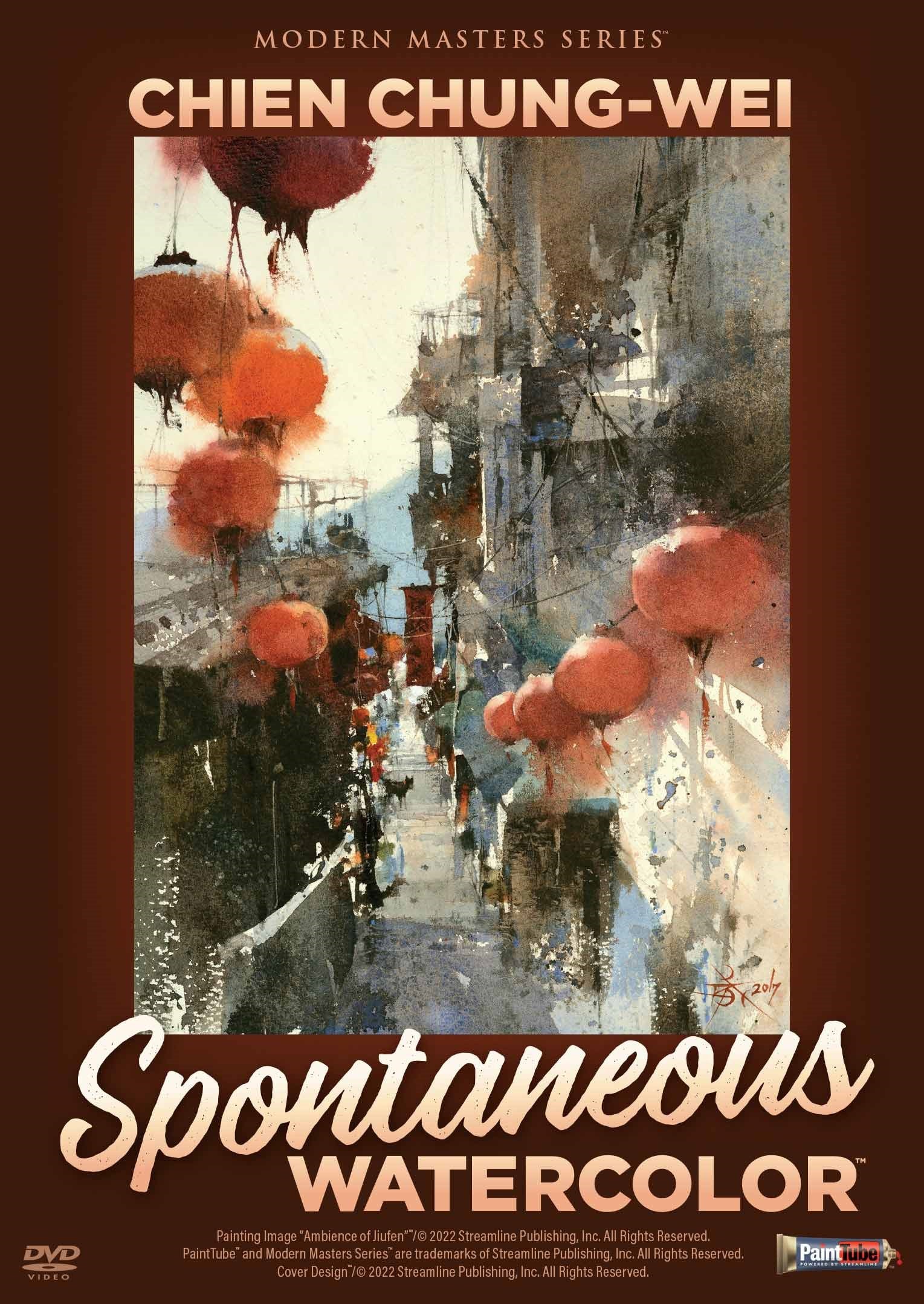Painting Sunlight with Keiko Tanabe
Study with Keiko to discover:
- First, visualize! (Then you can sketch and splash!)
- Create harmony and happiness by limiting your colors
- The secret world of edges
- Take advantage of what water will do for you!
- Composition is a journey … here’s how to get there!
- How to splash sunlight throughout your painting — even if it’s not sunny!
- Overwhelmed by detail? Try selective editing!
- Need some sharper details? No problem!
- A busy painting is a noisy painting — quiet the noise and you’ll enjoy your painting time a whole lot more!
- Think of landscapes as settings for stories … What do you want your story to say?
- Finding perfect balance with warm and cool rocks — every landscape artist’s dream!
- This type of brushstroke RULES! (Keiko shows you what it is!)
- Paint your emotions — your viewers will thank you for it!
- And much, much more.
Keiko Tanabe will help you overcome any obstacles to painting outdoors with watercolor.
A highly talented artist and sought-after workshop instructor, Keiko is known for taking her viewers beyond landscapes — to use the space as a setting for the people who occupy that space. Keiko loves to add little slices of life that bring drama and interest to her paintings — an idea you will embrace in your own work.
Keiko says that when she goes out to paint, she stops at the first thing that really speaks to her. Usually, a scene that has a balanced interplay of light and dark will be the first thing to catch her eye … even more than colorful flowers or historical monuments.
As she sets up her scene, Keiko explains how to visualize the final painting — to picture in your mind how it will look and how it will tell the story you want to tell through it. Once you have a clear picture of the final product, it will make things much easier as you move from start to finish.
She’ll even show you how to stay selective about what to include so your scene can have light flowing through it. You’ll see how the lights and darks create interest and atmosphere to help dramatize your paintings.
In addition to the initial instruction, Keiko will conduct two full painting demonstrations for you — one a moody vineyard and the other, a colorful villa. Both will inspire confidence and encouragement for painting outside with this sometimes difficult medium.
Along with the main video, you’ll get insights from the artist, a digital gallery of some of her best work, and high-speed segments of both painting demonstrations.
An Excellent Artist and Teacher
Keiko is a master watercolor artist who has conducted hundreds of workshops all around the world. Her work has been juried into exhibitions across America, Asia, and Europe. Her paintings can be found in corporate and private collections worldwide.
Born in Kyoto, Japan, Keiko grew up in an art-loving family who encouraged her to pursue her passion.
Study with Keiko and you’ll find that plein air painting and watercolor can — and do — go together very well! She’ll show you how you can master this combination by overcoming the challenges, embracing the natural tendencies of watercolor, and carrying out your vision of what you want your paintings to be.
Chapter Breakdown:
Introduction & Art Supplies
Demonstration 1: The Villa: Midday Light
Drawing: the planning is the most important part. Plan for values and edges and contrast before putting paint to paper.
Big Washes
Darks & Details: learn a trick to keep the view in the painting without wandering out the corners
Demonstration 2 : The Vineyard: Morning Light
Review the Subject
Sketching & Drawing: the planning is the most important part. Plan for values and edges and contrast before putting paint to paper. Discuss perspective and focal point
Big Washes: save the white of the paper where you want lightest lights by painting around those light areas. start with the lightest area, then work all over to cover the paper with color. how to soften edges at this stage with your brush and water
Darks & Details: pay attention to the wetness of the paper, and thickness of the paint here so you can get dark enough and hold hard edges where you want to. brushwork for texture and detail. How to Avoid the Fatal mistake many watercolor students make! (don't put darks in the light). tricks to integrate the focal point in the scene so dont look cut and paste. How to make a mistake into a Happy Accident
Plein Air Watercolor: Capturing Nature with Dan Marshall
Here’s just some of what you’ll see in this video:
- Keep it in or toss it out? Dan shows you how to decide
- Capture the mood with just a few swishes!
- Let’s play Watercolor MythBusters!
- But what if you don’t see a cow…?
- How adding darks gives the feeling of light (who knew?)
- Brush size — and shape — matters!
- Don’t let the weather dampen your plein air plans!
- The way to add flair!
- Don’t work so hard — let the water do some of the work for you!
- Exactly what to do when inspiration sets in!
- A big variety of Dan’s easy-to-remember techniques that have silly names and will help you skyrocket your skills!
- And much, much more!
You’ve been there. You’re in a beautiful spot. You are so inspired that you take a picture with the idea of creating an inspiring painting.
But whether you do the painting on the spot (en plein air) or from a photo, it’s just not as inspiring as the scene you saw.
The reality is that it takes some special skills to translate the feel of a scene into a painting that shows your feelings.
For master watercolor artist Dan Marshall, there’s nothing more exhilarating than coming upon a landscape so inspiring that he’s overcome with the feeling that he just has to paint it!
For Dan, it’s a spiritual experience.
Though you want to capture this beautiful moment in time, your painting approach may not give you the results you want.
In this new instructional video, Plein Air Watercolor: Capturing Nature, Dan Marshall shows you how to take a complex scene and boil it down to the essentials. You’ll still keep the personality of the place, but he’ll show you how to enhance the mood to tell a more interesting story.
With Dan’s help, you’ll be seeing things differently and your focus will shift to creating paintings that are a personal translation, not a duplication.
The best part? Dan is going to rescue you from the dangers that mess up otherwise good paintings. He also shows you his unique, sometimes-unorthodox step-by-step method of painting. You’ll soon discover that Dan’s system is not limited to landscapes; you’ll find it useful in all subject matters — cityscapes, figurative works, whatever your passion is! And if you’re not a watercolor painter, you’ll find it can be applied to any medium.
Chapter Breakdown (54 minutes)
Part 1: Painting Basics--everything you need to get started before you go outside, so when you go outside you can start painting with confidence. free yourself to think creatively while you are outdoors painting with these exercises under your belt.
-
Painting Kit: review the materials you will need to paint outdoors, important notes on brushes and how to limit them and how much water you really need to bring.
-
Tips & Techniques: learn how to manage your pigment to water ratio to get the value you want using paint consistency ranging from “tea to butter.” Learn wash techniques for smooth transitions and how to use your brush for best effects. Practice drawing with your brush to become more skillful at handling it. Composition tips for what naturally will work to make a great painting, so you aren’t overwhelmed when you go outdoors
Part 2: Painting Demonstration (62 minutes)
Subject Review: think about what you like about the scene, what draws you to it, what works or doesn’t
-
Drawing & Composition: simple pencil lines that establish the subject on the paper
-
Let Your Washes Run: translucent to opaque, back to front, thin to thick, big to little. discuss unity, color harmony, controlling the water, tips to let the watercolor work for you,
-
Develop Main Shapes: learn how to see the scene (why looking dazed and crazed is a good thing!) how to increase the feeling of light by adding a dark, brush techniques revealed for easy realistic trees (and how you can use your fingers too!). connect shapes, glaze
Fearless Waterscapes with Shuang Li
Painting water can feel like learning to speak a new language. It’s unnatural, confusing, and what seems simple just isn’t. You see, water has a language all its own, and if you don’t understand it, you’ll never be able to harness the beauty and the power of it in your paintings.Welcome to Fearless Waterscapes with Shuang Li, a video workshop that will help you become fluent in the unique language of painting water.
Shuang opens your eyes to a different way of looking at water. You’ll discover that unlike other subjects, you can’t translate water directly from a photo to a painting; you have to first learn the language. Shuang shows you how working from multiple reference photos helps you capture the true emotion of water.
With Shuang’s help, you’ll unlock the secrets of reflection: how different types of water react differently to the objects around them. You’ll explore the various ways to approach flat water and moving water. You’ll discover a way to capture the sparkle of moving water every single time. And you’ll uncover techniques for creating wet effects on rocks and the sense of water spilling over objects to create more energy and interest.
Learn to create paintings with as much energy and expression as water itself with Shuang Li’s Fearless Waterscapes.
















